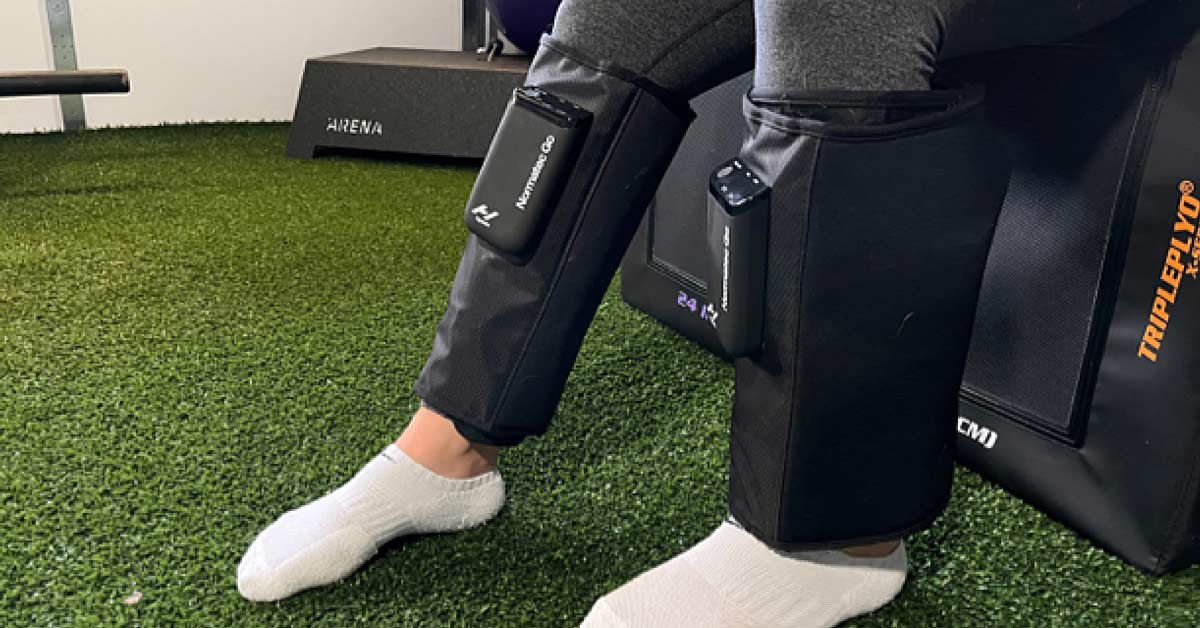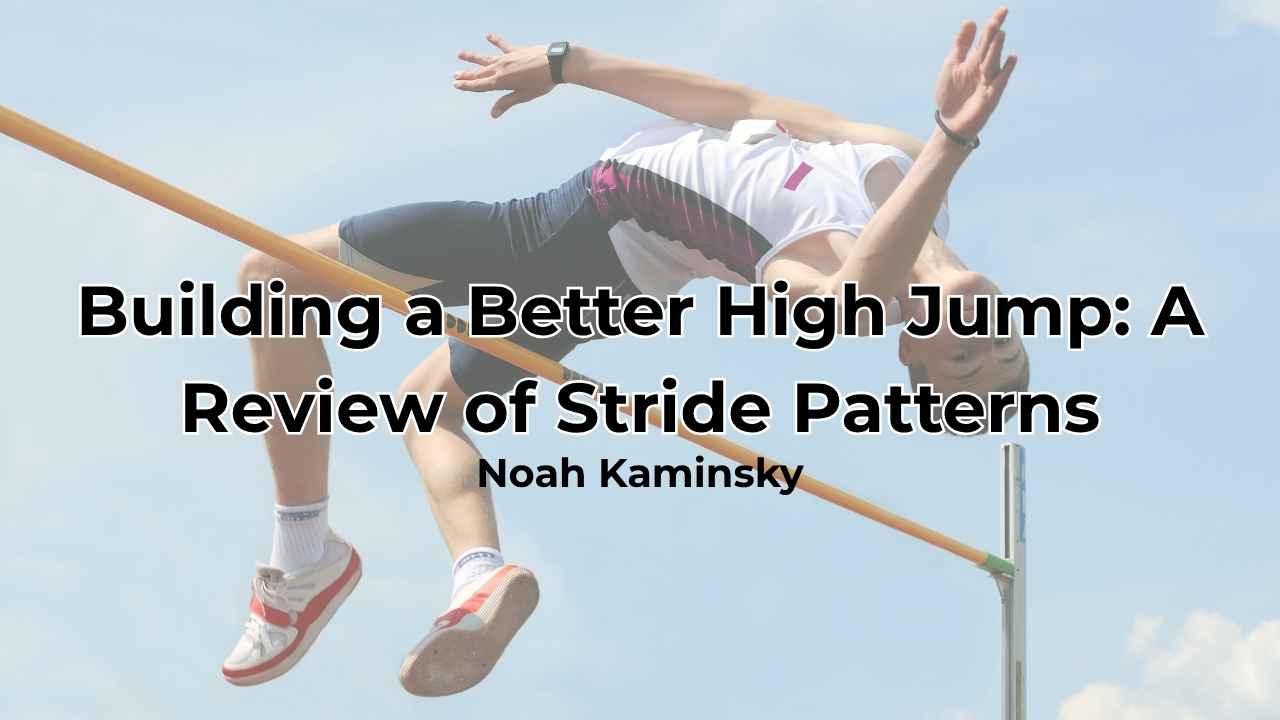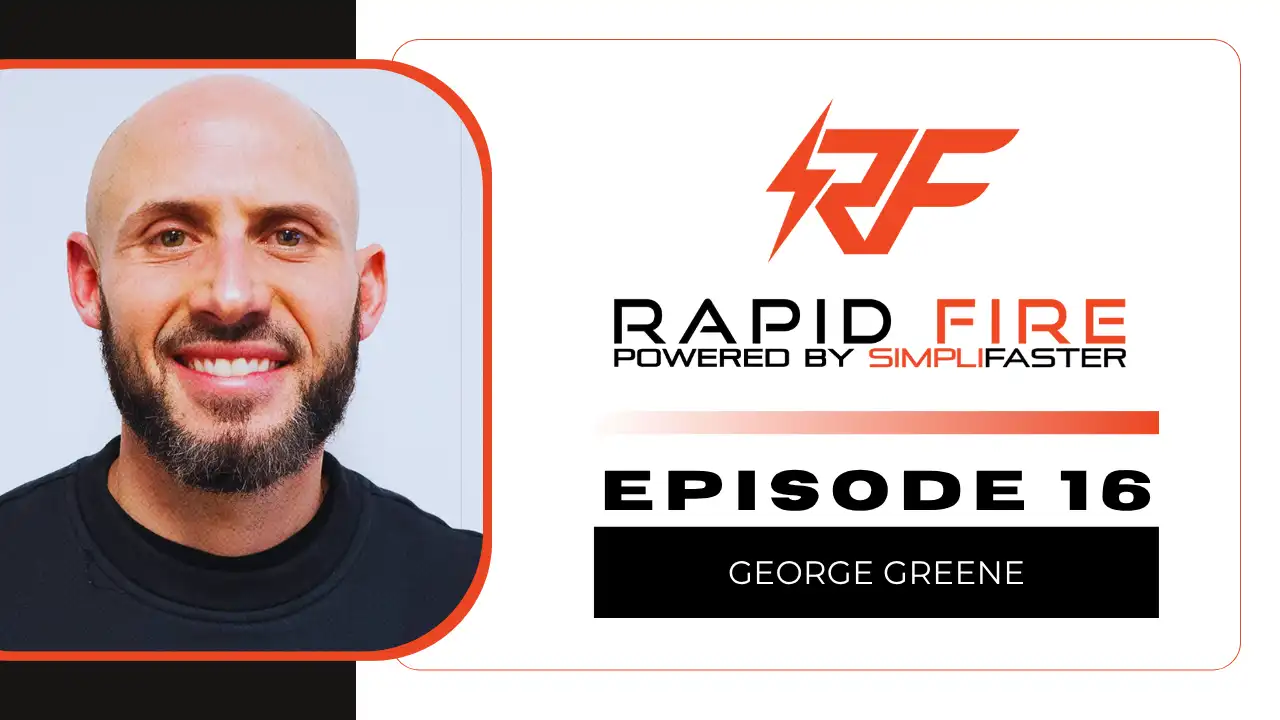With the recovery and restoration market exploding over the last decade, it has become somewhat difficult to differentiate quality products that offer valid solutions from gimmicks. The essence of recovery is to minimize the margins of deficits by keeping athletes as close to their physiological equilibrium as possible—as we know, this starts by managing training inputs (volume, intensity, workload) appropriately and establishing the fundamentals (sleep, nutrition, stress management).
Once those items are addressed, it then becomes a continuum of balancing acts between monitoring load , applying stress, and implementing recovery strategies for your athletes. While the fundamentals apply equally across all individuals, recovery in itself can be highly individualistic, where more nuanced and specific restoration modalities may be needed or desired.
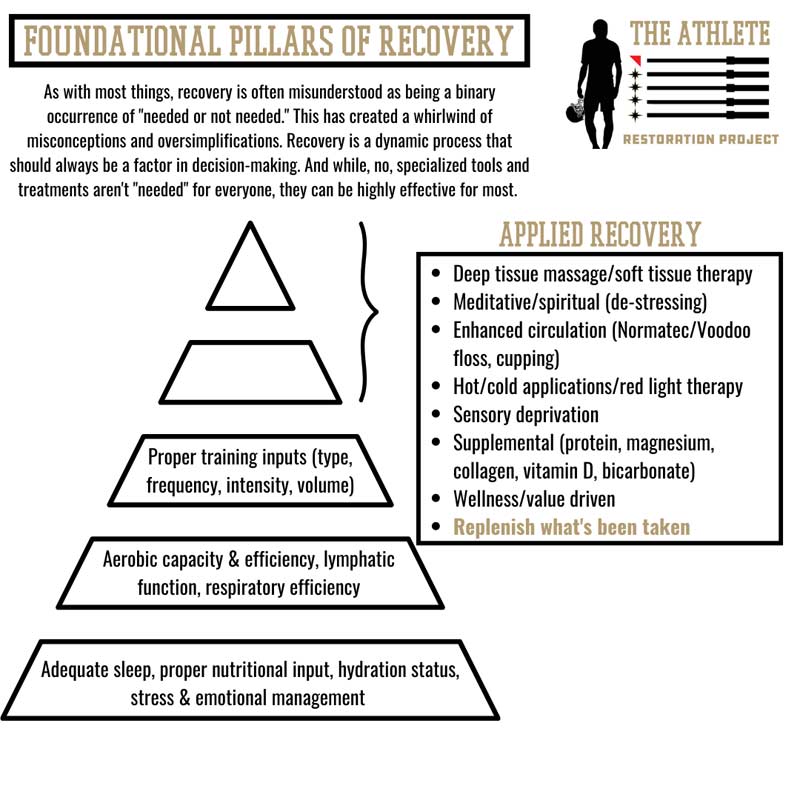
Restoration is a multivariant process, as it requires attending to multiple subsystems and is a different process for every athlete. But a major component of this equation is managing blood flow: namely, promoting venous return. Although there are several ways we can directly improve blood flow, NormaTec compression boots have been a staple in the Rude Rock recovery paradigm for years. NormaTec uses external pneumatic air compression (EPC) to help promote increased venous return, particularly following bouts of exercise.1 The mechanism is simple and largely effective, utilizing an alternating cadence of compress-relax; the NormaTec boots help blood flow back to the heart through this pumping action.
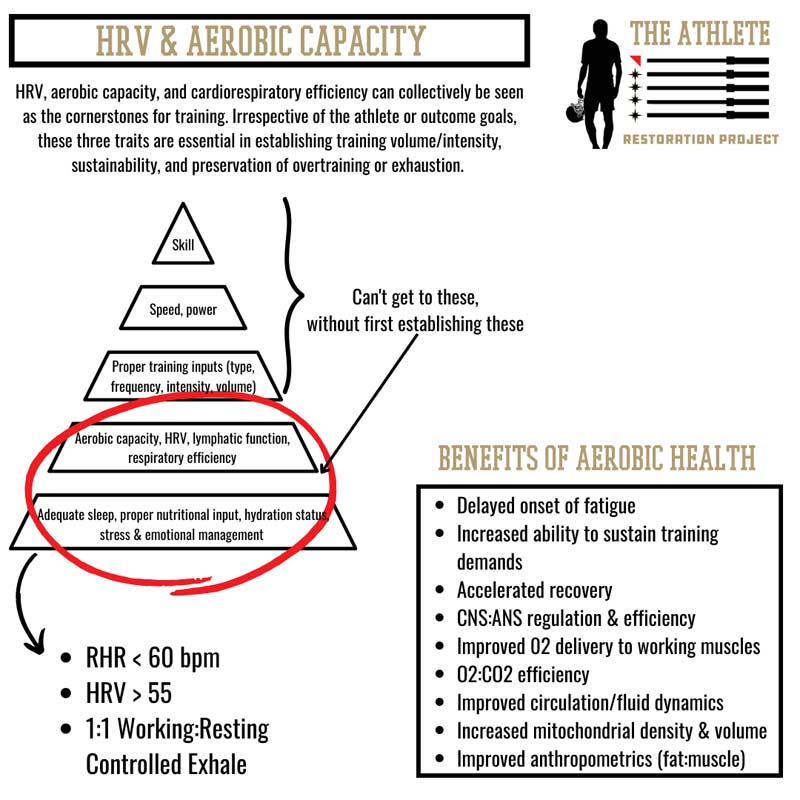
While the NormaTec boots have been a popular tool for several years, NormaTec has more recently launched the NormaTec Go. This is an innovative version of their conventional boots that offers the same premise but is much more versatile and convenient for use. This streamlined version of NormaTec has been a tremendous addition to our recovery protocol and, as far as we’ve been able to tell, provides the same impact on enhancing circulation.
With the demands of sport and life continuing to increase for us all, practicality and feasibility of implementation are necessary considerations for coaches and practitioners. Although we can often become dismayed or frustrated by the lack of physical time we have with our athletes, it has since become our responsibility to be more versatile with our approach and strategies. A part of this strategizing requires us to consider ways we can buy time for ourselves in training but also keep the extraneous tasks at a minimum for our athletes. It’s in situations such as these that the NormaTec Go unit has really demonstrated its value—with a minimal setup requirement, no time impediment, and the ability to perform daily/life tasks while you recover, the NormaTec Go really offers the user a more-bang-for-your-buck recovery option.
Benefits of Improving Circulation
Irrespective of the individual deficits or demands of sport, improved circulation is invariably important for optimizing health and performance. As athletes continue to be exposed to high stress demands and accumulate injuries or wear and tear, optimal circulation can become evasive.
Beyond diagnosed metabolic or cardiac ailments, overtraining, musculoskeletal injuries, and even head injuries can also lead to compromised blood flow, as body-wide fluid dynamics may be disrupted or altered.2 Improving blood flow should also be a consideration for athletes who’ve suffered severe lower-extremity injuries, such as ACL or Achilles tears, or more chronic issues such as plantar fasciitis or shin splits. The resulting inflammation from lower-extremity injuries can have adverse effects on venous return as the injury heals.
Accumulatively, changes in blood flow or return can have adverse effects on health and wellness: namely, deprived oxygen to muscles, disruption to HRV, or onset of chronic fatigue/illness.
It has been well documented that foot and lower leg circulation are generally more easily compromised than other areas of the body. Although this is thought to be an effect of gravity, it is primarily due to the weight of the blood in the venous structures of the leg column making it more difficult for it to travel back to the heart. Compromised venous return has been shown to have a direct link to adversely influencing overall stroke volume and cardiac output.3 As individuals age, become deconditioned, or experience bouts of high stress demands, venous return can become further compromised.
This is where the application of NormaTec is really useful, as the compression mechanism of the NormaTec Go assists in this pumping action. As a result, deoxygenated blood is accelerated back to the heart to be reoxygenated. Depending on the athlete or individual, the effects of lower leg compression may be limited to just transient local improvements, while for others, it may have more of a global effect. This typically corresponds with the general state of the individual’s cardiac and metabolic health.

I should also note that when we discuss improving flow, blood isn’t the only fluid that benefits. Other vital biological fluids like lymph, interstitial fluid, and hyaluronic acid are also accelerated during modalities like NormaTec sessions. The lymphatic system is critical for processing metabolic waste from the bloodstream and is fundamentally an essential contributor to not only acute recovery but overall health and wellness as well. Unlike the cardiovascular system, which has an internal mechanical pumping action to help drive flow, the lymphatic system does not have the same type of pumping action to facilitate movement. As such, things like the NormaTec Go sleeves are likely highly beneficial for helping the flow of lymph by providing a compression-relaxation mechanism to the calves.
For athletic populations, accelerated venous return may not be an outcome-determining factor, but it can certainly play a small role in the recovery process. For more of the general population, particularly aging adults, something as simple as improved venous return may be more decisive in promoting accelerated recovery and allow them to train at a higher intensity, frequency, or both.
If we go a step further and consider individuals with poor metabolic or cardiovascular health—for instance, low-level ankle edema, high blood pressure, or pre-diabetic—then products like the NormaTec Go may be even more valuable. Providing assistance for blood flow for these individuals becomes even more significant and may be a fundamental component of their maintenance strategies. And for all groups listed, I would venture to say that improving lymphatic flow will be a significant factor for just about any individual or athlete.
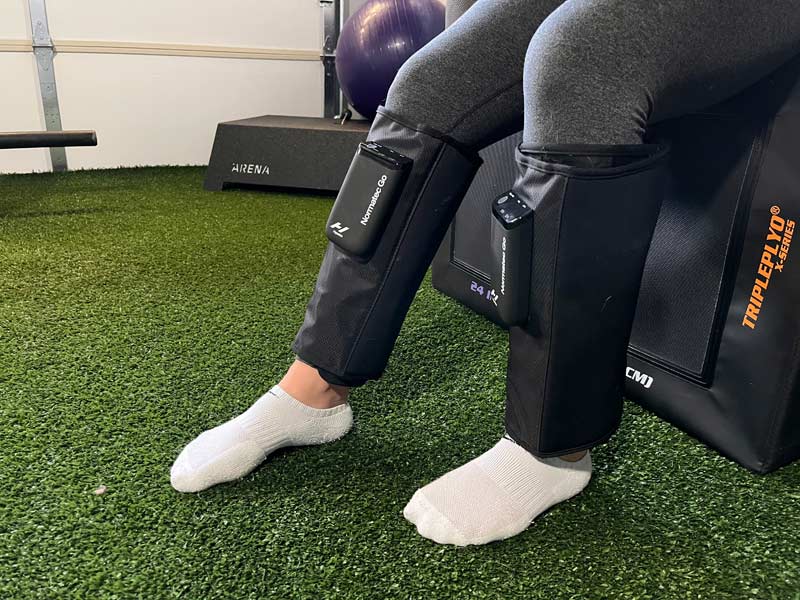
The Convenience of NormaTec Go
I believe the ultimate value of the NormaTec Go unit is in its versatility and ease of use. As discussed in the opening paragraphs, time is fleeting for us all, and as life continues to throw impediments at us, managing and sustaining things like recovery protocols can fall by the wayside.
While it may seem like a bit of an inflated point, I believe we need to be considerate of the efficiency with which we task our athletes, and the NormaTec Go certainly checks this box. The NormaTec Go unit runs on a cordless battery, allowing you to be mobile during use, which provides a huge incentive to remain consistent with your routine. Moreover, the battery life is impressive, as a full charge gives you about 10 hours of usage time before needing another charge.
The NormaTec Go is a very efficient product with the potential for great impacts on certain populations while likely being at least somewhat beneficial for just about anybody, says @danmode_vhp. Share on XThe product is also lightweight, durable, and small enough to fit into a backpack or carry-on bag with ease. An effective treatment session does not require much, as it appears to be sufficient to use it for 15–20 minutes for 4–5 days per week. All in all, this is a very efficient product that has the potential for great impacts on certain populations while likely being at least somewhat beneficial for just about anybody.
Since you’re here…
…we have a small favor to ask. More people are reading SimpliFaster than ever, and each week we bring you compelling content from coaches, sport scientists, and physiotherapists who are devoted to building better athletes. Please take a moment to share the articles on social media, engage the authors with questions and comments below, and link to articles when appropriate if you have a blog or participate on forums of related topics. — SF
References
1. Martin J and Borges A. “Acute effects of an external pneumatic compression device on local and systemic resistance vessel reactivity and limb blood flow.” The FASEB Journal. 2015;29(1).
2. Baliyan V, Tajmir S, Hedgire SS, Ganguli S, and Prabhakar AM. “Lower extremity venous reflux.” Cardiovascular Diagnosis and Therapy. 2016;6(6):533–543.
3. Tansey EA, Montgomery LEA, Quinn JG, Roe SM, and Johnson CD. “Understanding basic vein physiology and venous blood pressure through simple physical assessments.” Advances in Physiology Education. 2019;43(3):423–429.
4. Martin JS, Martin AM, Mumford PW, Salom LP, Moore AN, and Pascoe DD. “Unilateral application of an external pneumatic compression therapy improves skin blood flow and vascular reactivity bilaterally.” PeerJ. 2018;6:e4878.

